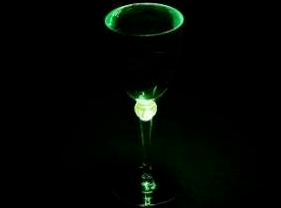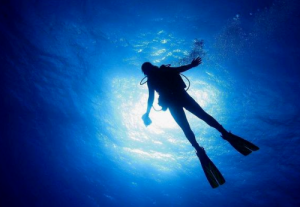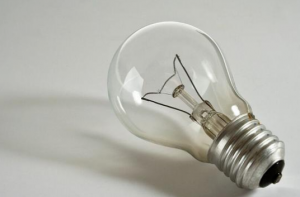Aircraft lights are traffic lights installed inside and outside of an aircraft. It mainly includes landing taxi lights, navigation lights, flashing lights, vertical and horizontal stabilizer lights, cockpit lights and cabin lights, etc. I believe that many small partners will have such questions, why the lights on the plane can be seen far away from the ground, which can be attributed to the element we are going to introduce today – krypton.
Structure of aircraft strobe lights
When the aircraft is flying at high altitude, the lights outside the fuselage should be able to withstand strong vibrations and huge changes in temperature and pressure. The power supply of aircraft lights is mostly 28V DC.
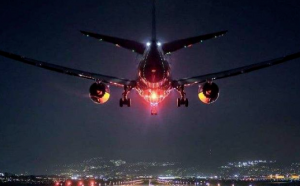
Most of the lights on the exterior of the aircraft are made of high-strength titanium alloy as the shell. It is filled with a large amount of inert gas mixture, the most important of which is krypton gas, and then different kinds of inert gas are added according to the required color.
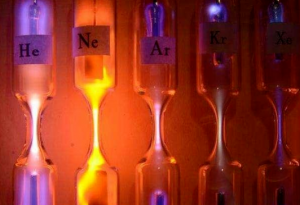
So why is krypton the most important? The reason is that the transmittance of krypton is very high, and the transmittance represents the degree to which the transparent body transmits light. Therefore, krypton gas has almost become a carrier gas for high-intensity light, which is widely used in miner’s lamps, aircraft lights, off-road vehicle lights, etc. Working with high-intensity light.
Properties and preparation of krypton
Unfortunately, krypton is currently only available in large quantities through compressed air. Other methods, such as ammonia synthesis method, nuclear fission extraction method, Freon absorption method, etc., are not suitable for large-scale industrial preparation. This is also the reason why krypton is rare and expensive.
Krypton also possesses many interesting properties
Krypton is non-toxic, but because its anesthetic properties are more than 7 times higher than that of air, it may be suffocating.
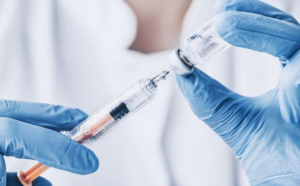
Anesthesia caused by inhalation of a gas containing 50% krypton and 50% air is equivalent to inhaling air at 4 times atmospheric pressure, and is equivalent to diving at a depth of 30 meters.
Other uses for krypton
Some are used to fill incandescent light bulbs. Krypton is also used for the lighting of airport runways.
It is widely used in the electronics and electric light source industries, as well as in gas lasers and plasma jets.
In medicine, krypton isotopes are used as tracers.
Liquid krypton can be used as a bubble chamber to detect particle trajectories.
Radioactive krypton can be used for leak detection of closed containers and continuity determination of material thickness, and can also be made into atomic lamps that do not require electricity.
Post time: May-24-2022








